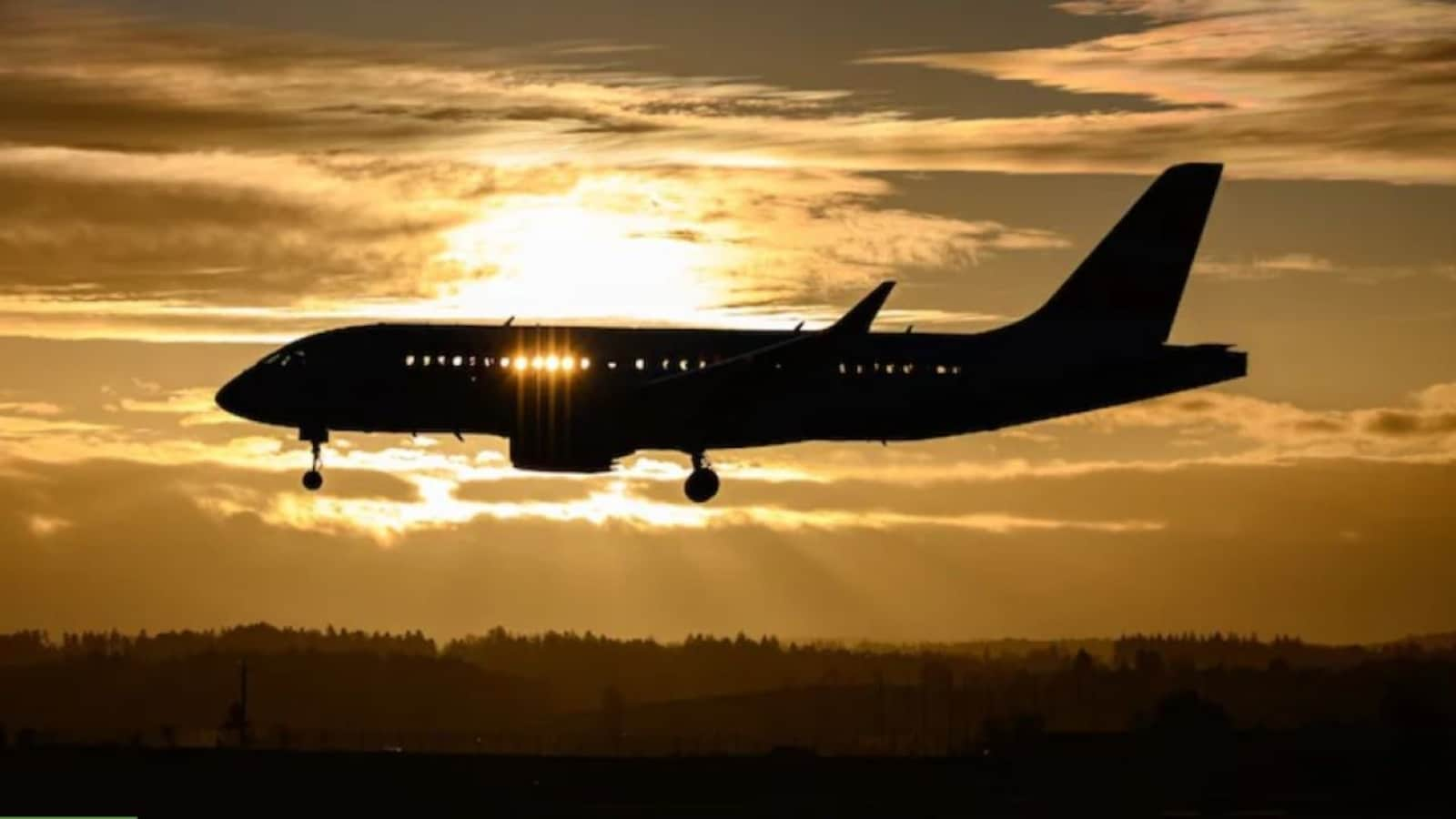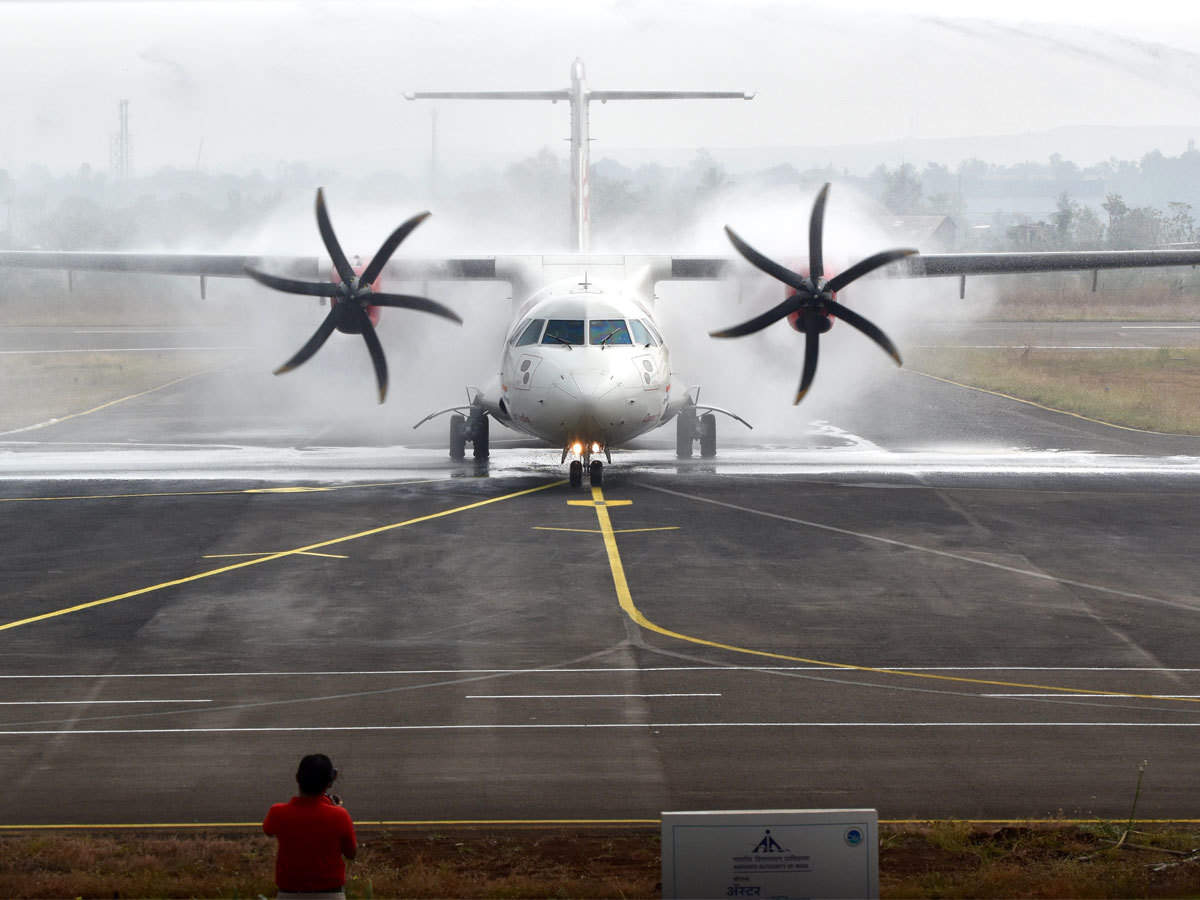The Next Phase of UDAN: Government Bolsters Aviation Connectivity for Remote Areas in 2023

The Next Phase of UDAN: Government Bolsters Aviation Connectivity for Remote Areas in 2023
UDAN’s many iterations have encouraged the use of specific machinery, including helicopters and aeroplanes in category “2” (with 20 to 80 seats) and type “3” (with more than 80 seats).
The Centre is shortly anticipated to reveal the details of the next stage of its premier regional air connectivity programme. UDAN 5.2 is reportedly in the works and will provide last-mile connection in distant areas.
The scheme’s most recent phase will award routes only flown by aircraft with a 20-passenger maximum seating capacity.

According to sources, the 5.2 version is only designed for aircraft types like “1A,” which can carry fewer than nine people, and “1,” which can transport fewer than 20 passengers. It is anticipated that the new plan will be revealed soon.
According to reports, the programme would provide access to other airstrips and airports with shorter runways, including Pantnagar, Aligarh, and Advance Landing Ground (ALG).
“This version will give operators of tiny aircraft operational freedom. Operators will be allowed to service at least 10% of their quarterly RCS (regional connectivity scheme) seats and 40% of their yearly quoted RCS seats under this version.
The UDAN plan offers carriers chosen through a competitive bidding procedure a VGF (viability gap funding) component to operate flights on underserved or unserved routes.
They said, “The quantity of VGF, the number of routes, and the number of airstrips or airports are being finalized.” The most recent model is anticipated to augment the nation’s under-20 small aircraft fleet.

Globally, these planes connect remote areas like Australia and Africa. Most of these small aircraft are produced by multinational corporations like Embraer, Cessna, and others. Hindustan Aeronautics Limited manufactures a commercial Dornier-228 with 19 seats in India.
The use of specific equipment, including helicopters and aircraft in categories “2” (20–80 seats) and “3” (more than 80 seats), has been encouraged under various iterations of UDAN.
According to sources, the routes for UDAN 5.1 will shortly be given because the bidding procedure is complete.
As part of the National Civil Aviation Policy, the 10-year duration programme was introduced in October 2016. So far, one hundred forty-eight airports have been built or put into use by the programme, including nine heliports and two water aerodromes. The programme has allowed more than 12.3 million domestic travellers to travel.

In an ambitious effort to transform the Indian aviation landscape and drive regional connectivity, the Government of India has announced the next phase of the Ude Desh ka Aam Naagrik (UDAN) initiative for 2023, specifically focusing on remote and underserved regions.
UDAN, launched under the National Civil Aviation Policy 2016, was a ground-breaking scheme to make air travel affordable and widespread, enabling air transport access for India’s vast population. The innovative system has reached its subsequent evolution in 2023, re-emphasizing its focus on remote areas to enhance regional connectivity and foster socio-economic development.
The Indian government has consistently recognized the vital role of connectivity in economic growth. Connectivity not only opens up new opportunities for trade and tourism but also aids in socio-economic development. With the UDAN initiative, the government took a decisive step towards addressing the imbalance in aviation infrastructure.

The latest phase of UDAN aims to increase the accessibility and affordability of air travel in remote areas. This phase targets airports in regions currently underserved or not served at all, seeking to expand the aviation network and stimulate local economies.
The new phase will see numerous unserved and underserved airports added to the UDAN network. Efforts will also be channelled towards enhancing existing infrastructure and operational efficiency, enabling more airlines to provide affordable flights to these regions.
The government’s focus in the new phase of UDAN lies primarily in three areas:
- Inclusion of New Airports: The scheme targets to increase the number of operational airports across the country, particularly in remote areas. This approach implies developing infrastructure at unserved or underserved airports and including them in the UDAN scheme.
- Enhancing Infrastructure: Apart from expanding the number of airports, the government is also looking to enhance the existing infrastructure at these airports. This would involve developing runways, passenger terminals, and other necessary facilities to accommodate increased traffic and operations.
- Operational Efficiency: The government is also focused on improving operational efficiency to support the influx of air traffic. This involves initiatives to ease processes and reduce airline costs, including lowering Aviation Turbine Fuel (ATF) prices and offering concessions on landing and parking charges.
By strengthening the connectivity of remote and underserved regions, the next phase of UDAN has potentially far-reaching impacts:
- Economic Development: The initiative will boost economic development in these regions by improving connectivity and creating jobs, both directly in the aviation sector and indirectly in related industries such as tourism, hospitality, and trade.
- Tourism Boost: The initiative is expected to significantly boost domestic tourism by connecting more regions with the country’s aviation network. Increased accessibility to remote tourist destinations will likely drive more footfall, thus promoting local cultures and economies.
- Improved Accessibility: Enhanced air connectivity will significantly improve accessibility for the local population. It would provide opportunities for people from remote areas to travel faster and more conveniently for education, employment, and healthcare purposes.
- Sustainable Development: With a focus on green initiatives, UDAN is also expected to promote sustainable development. The scheme contributes to the country’s commitments towards sustainable development goals by supporting the creation of energy-efficient and environmentally friendly infrastructure.

The latest phase of the UDAN initiative holds immense promise in transforming India’s aviation landscape. By focusing on remote areas, the government is not just making air travel more accessible but also contributing to the comprehensive and sustainable development of these regions. As India rises to embrace a more inclusive growth model, UDAN continues to be a significant vehicle of transformation.




